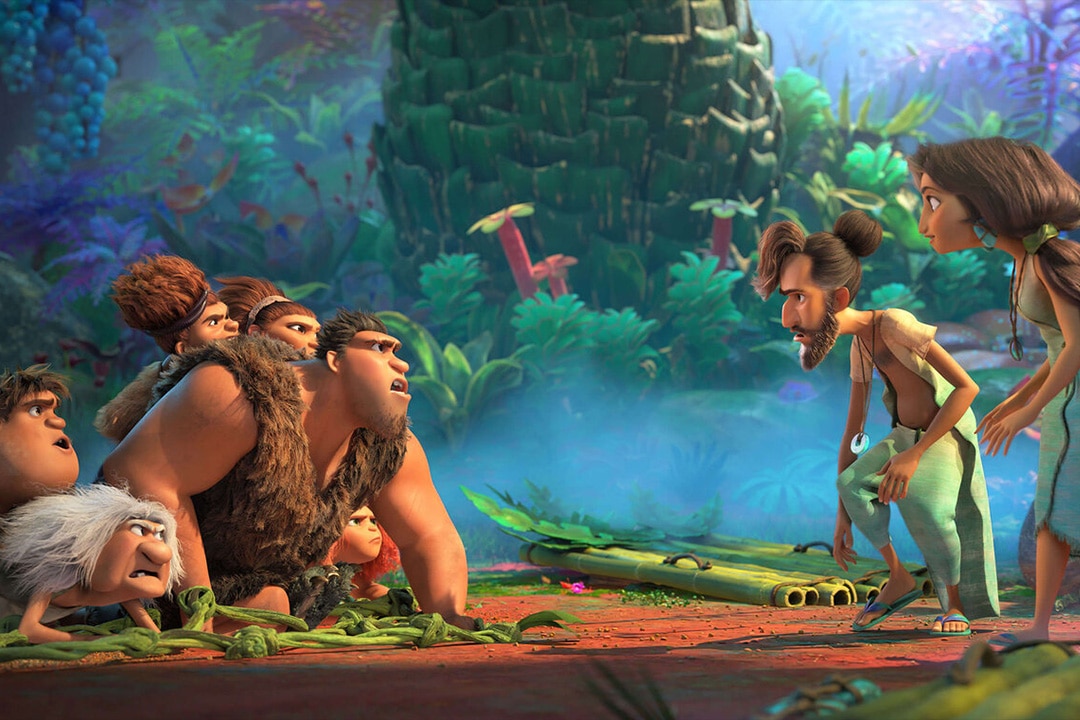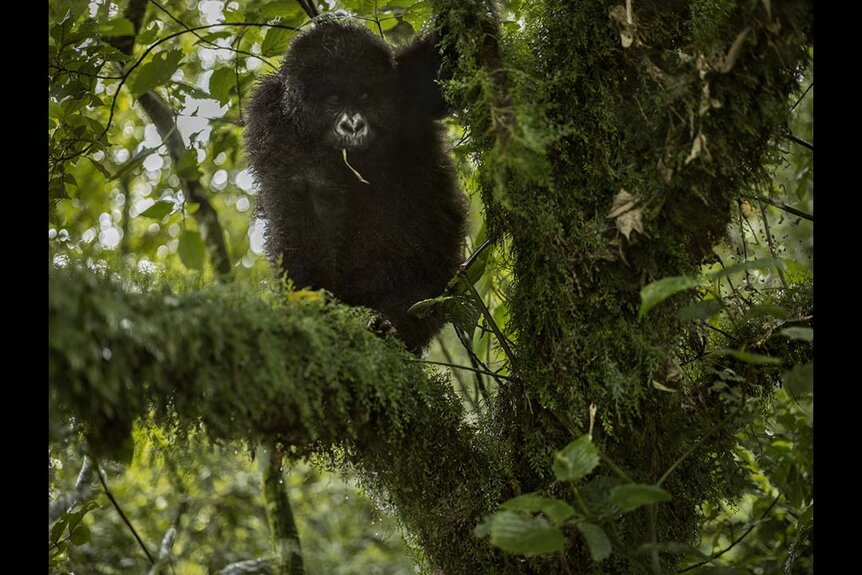Create a free profile to get unlimited access to exclusive videos, sweepstakes, and more!
Our primate ancestors may have learned to walk while still in the treetops
Tarzan was a little more accurate than we thought.

Too often, in popular media, primitive humans have been depicted as unintelligent and brutish. We use them to highlight our own superiority, or to sell car insurance. Then we got The Croods (now streaming on Peacock!), and we finally had some cave people to root for. They aren’t the most socially advanced, and they don’t quite walk upright, but they mean well, and they stick together. More importantly, they’re determined to adapt during a crucial time in human evolution.
Walking on two legs is so central to the human identity that we often illustrate evolution (incorrectly) as a progression between hunched quadruped huddled over their gruel and sophisticated bipeds with tailored clothes and an addiction to caffeine. While evolution isn’t a predestined line from one form to the next — we’re not Pokémon — the transition to walking upright was an important part of our transition from tree-dwelling primate to city-dwelling, more socially complex primate.
For a long time, scientists have believed that the shift toward two-leggedness was a necessary consequence of moving out of the trees. During the late Miocene-Pliocene, roughly seven million years ago, forests were retreating and being replaced by open grasslands. Any of our ancestors living there would have had to have learned to walk upright or die. That was the idea, anyway. Now, a recent paper published in the journal Science Advances suggests we may have learned to walk while we were still living in the trees.
RELATED: Newly unearthed upright apes put whole evolution timeline in question
Scientists from the School of Anthropology and Conservation at the University of Kent, along with colleagues from Duke and University College London, studied chimpanzees from Issa Valley, Tanzania. They live in a savanna-mosaic ecosystem similar to what early hominins including Orrorin, Ardipithecus, and early Australopithecus would have been familiar with. The analogous environment and our close genetic relationship with chimpanzees make the Issa Valley chimps a perfect window into the ecological and evolutionary pressures our own ancestors might have experienced during the period when they were learning to walk upright.
Contrary to the popular assumption, behavioral studies of the chimps suggest that increased time spent on the ground, as a result of retreating forests, may not have been the primary driver of bipedalism in early humans. Instead, trees likely remained an important ecological niche with bipedalism arising while we were still living in the trees.
Researchers focused on 13 adult chimps — six females and 7 males — and made nearly 3,000 observations over the course of 15 months. Those observations were broken up into hour long sessions, during which postural behavior like climbing, walking, or hanging were recorded every two minutes. Researchers found that 85% of bipedalism events among the observed chimps occurred in the trees as they foraged for food. They suggest we didn’t stand up straighter in order to traverse open grasslands, but so we could better forage in the forests with nary a thought for the open grasslands of our then-future.
If true, it could mean that our ancestors adopted a more erect posture in advance of an environmental shift and were fortunate enough that those changes were advantageous. By the time our ancestors noticed the trees thinning and the grasslands encroaching they were already prepared for this strange new world. Sometimes, when the world changes, you have to be ready to stand and fight. Thanks to an evolutionary quirk, our ancestors could do just that.
For more ancient humans walking mostly upright, check out all five seasons of The Croods: Family Tree, streaming on Peacock!



























